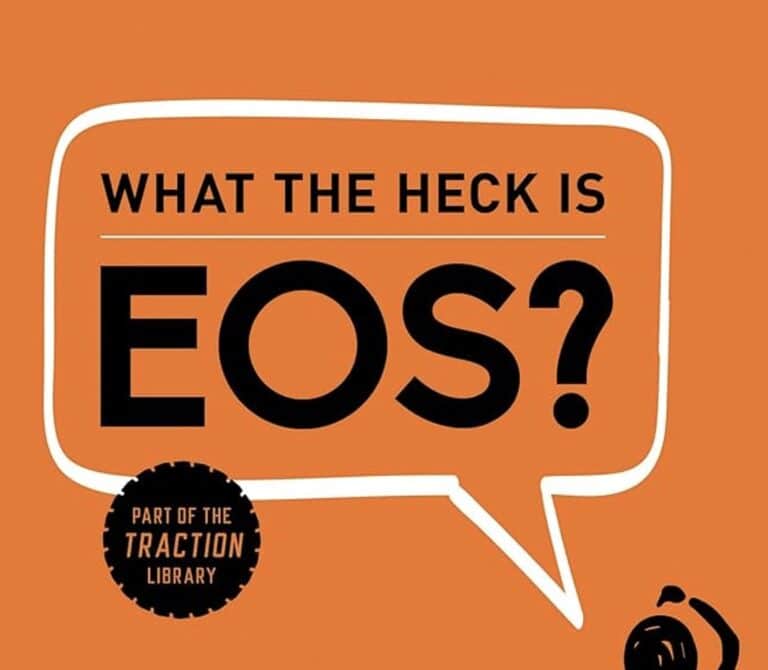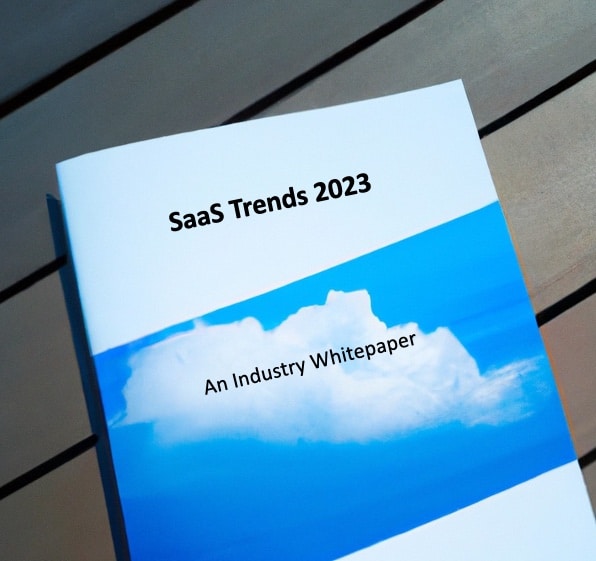The Cookie Has Crumbled (And So Will Your Data)
…What is First-Party Data?
Remember when you could drop a single line of code on your website and see every action a user took? Well, those are officially “the good ol’ days.”
As third-party cookies head toward disappearing by 2024, first-party data is becoming essential for understanding audiences. First-party data stems directly from customer interactions on your website and platforms. This behavioral data offers authentic, tailored insights, but unfortunately, it is much more complicated to collect. In a mass onslaught, third-party cookies from external sources are already restricted at the hardware level by Apple, and Google is soon following suit. It’s not just the “Reject All” button on the pop-up banner. By the end of 2024, Safari and Chrome will completely do away with browser cookies.
However, first-party data allows marketers to maintain accuracy in tracking, ensuring that every dollar spent on ads is accountable and helping algorithms optimize effectively based on reliable data.
Your Open Rates Are Probably Wrong
Tracking pixels once let us marketers reliably monitor email opens. But with Apple’s 2021 Mail Privacy Protection update, this metric too went dark for iPhone users—a massive portion of the database. In response, savvy marketers must shift their focus to click-throughs, replies, and unsubscribes to gauge email success.
Even with open rate tracking obscured, email with captivating content remains your most powerful asset. How do you determine what qualifies as captivating? The answer is simple: test what resonates to earn audience attention. And don’t overdo it. Privacy demands more authentic connections, but engaged subscribers still convert.
Sink or Swim: Abandon Ship or Fix It?
It doesn’t look like there will be an easy tracking workaround for email, but what about your ads?
Let’s paint a picture with a real-life example from a B2B client of mine. A wildly successful Facebook Ads campaign for this company in early 2020 had users filling out 28 form fields to produce leads at just $5 each. Sounds great, right? Fast forward six months, and without changing a single thing, our cost per lead skyrocketed to $25. Ouch! Facebook lost 80%+ of the conversion data after Apple’s iOS 14.5 update, and they could no longer track users due to privacy updates. Conversions were still coming in, but our campaigns were “failing” according to the Facebook Ads Manager, and the algorithms could no longer optimize.
Rather than abandon the entire platform, we scrambled to innovate. Today, that same campaign is receiving more data than ever before. By implementing Facebook’s Conversions API and additional third-party tracking software, leads that were $5 each in 2020 have dropped as low as $2.31 each in 2023.
Your Opt-in Forms Are A Wall
Most B2B companies love gated content—think downloads, whitepapers, and webinars. But there’s a catch. When you’re using custom form software to snag those opt-ins, the data from your ads hits a dead end. Here’s where it gets tricky: third-party customer data platforms become essential to merge social network user data with your form info. Many companies have backed away from these strategies after finding the integrations too complex. But the chance to target billions of users precisely when they’re online? That’s marketing gold you’ll be hard-pressed to recreate elsewhere.
Better Offers = Better Data
Establishing trust is key. Everyone is constantly being bombarded by content on every platform. Businesses must constsantly evaluate if their content offers value significant enough to earn a user’s data willingly. Users know they’ll receive emails, phone calls, and more after signing up, so it better be worth it.
Quality offers take effort to develop and can incur significant costs, but strengthening personal connections with customers sustains growth. The long-term payoff can be immense. With value-focused content and transparent data usage, companies can build completely opt-in audiences from paid traffic. For ideas on how to get more opt-ins, read my earlier article, Crafting the Perfect Lead Gen Offer: A Game Changer.
The Voyage Ahead
Here are the main takeaways:
- Amass first-party data by incentivizing opt-ins that have all of the demographic data you need. Don’t expect to get it later.
- Craft truly compelling content that converts subscribers to engaged customers.
- Test and optimize based on clicks and conversions rather than vanity metrics like impressions and opens.
- Respect privacy, but keep emails personal and valuable. With the right approach, your mailing list will remain a marketing goldmine.
- Persevere through the complicated setup to leverage the largest advertising platforms on the planet like Facebook, Instagram, Google Ads, YouTube Ads, and more.
Ready to make first-party data your new best friend in digital marketing? Get in touch and let’s chart a course to success together.







